#
⠀Mechanical equipment
Tags:
Submarine
robot-car
The set of tools and accessories required to work effectively on robots is not excessive, but there are some that we found extremely valuable, and others not so much. Here we try to capture some of our insights over the 2-month progress about which tools a robot team might be interested in having on hand.
Below are the tools involved in the manufacturing process throughout the project. For smoother forwarding, we recommend preparing them all.
#
Hand tools
#
Screwdriver sets
Screwdriver is one of the most important handy tools. Due to the diverse range of screws, screwdrivers are made in various designs and shapes. Every handy tools supplier has its own collection of screwdrivers.
A common screwdriver set consists of a handle screwdriver, an extension cord, and small screws. There are also packs of whole screwdrivers that are more expensive.

Also called allen wrench set. Used to drive internal hexagon socket (allen head) fasteners. Can be supplied as a set of individual allen key pieces or as a large pocket tool with foldable heads.
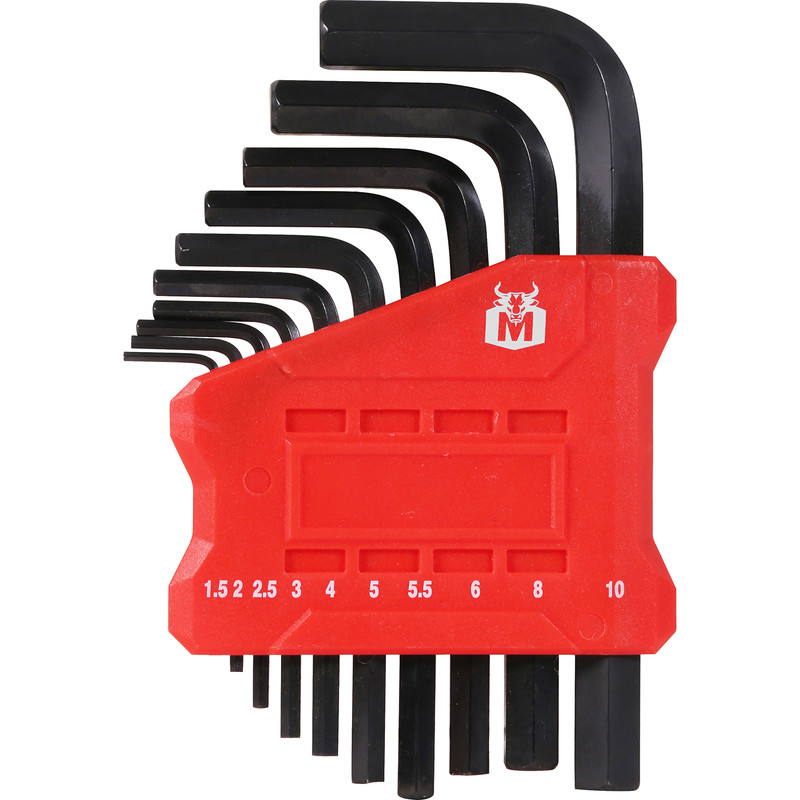
#
Pliers
Pliers are made in various shapes and sizes and for many uses. Some are used for gripping something round like a pipe or rod, some are used for twisting wires, and others are designed to be used for a combination of tasks including cutting wire.
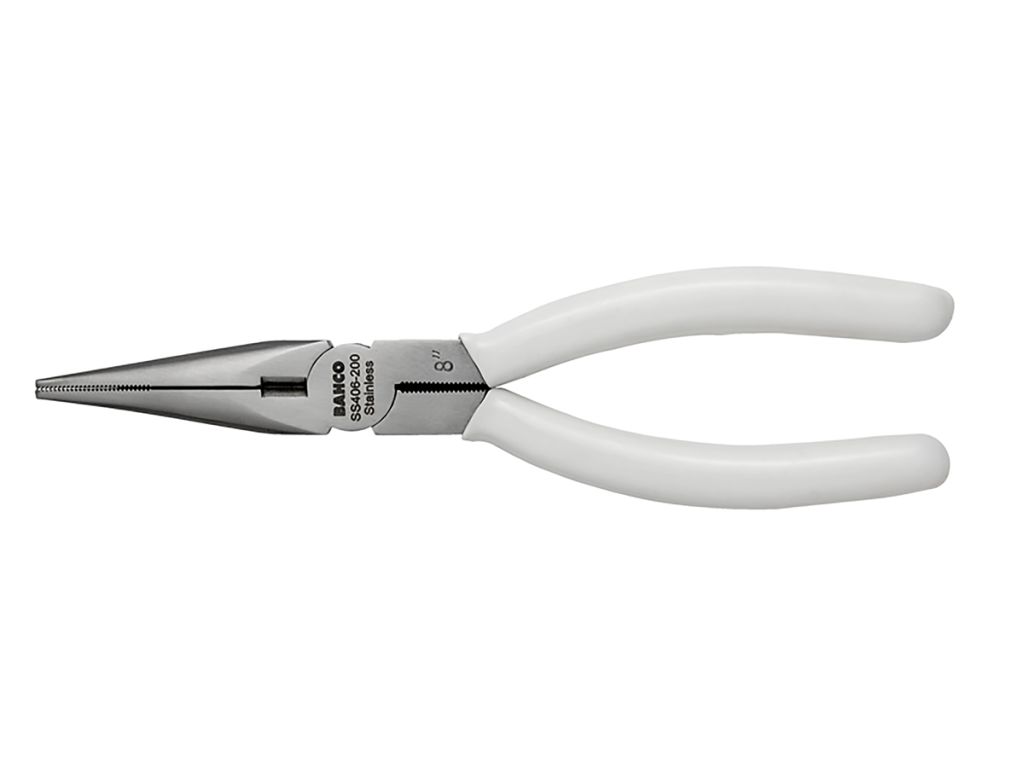

#
Scissors
For technical use, the use of electrician's or kitchen scissors is recommended to ensure the knife is sharp and fits your hand.

#
Mini drill sets
Most of them can adjust the speed. Try to find sets that come with drill bits, grinding heads, and sandpaper circles. They will come in handy in terms of crafting.

#
Hot glue gun
More details in future updates

#
Measurement
#
Measuring tape
More details in future updates

#
Digital calliper
More details in future updates

#
Mechanical fasteners
Nuts, bolts and washers are essential to any job and are handy to keep stocked up, as they will come in useful whether tackling domestic or large-sized projects. The range of nuts and bolts has a huge variety of sizes, most commonly using the M system of measurement, which indicates the body diameter in millimetres.
#
Bolts and nuts
Most commonly used: M2, M3, M4, M5.
These screws have a cross-shaped socket in the head which allows them to be turned with a screw driver. They have a blunt end and are typically made from brass or steel. They are commonly used on electronic devices, machinery and vehicles. Available in a range of lengths and widths.

Socket screws have a hexagonal drive and are deisgned to be used with a hex key, which can be beneficial if the work is being done in a confined space. Hex key bolts offer increased performance and ease of tightening with higher torque and lightweight construction. Available in a range of lengths and widths.
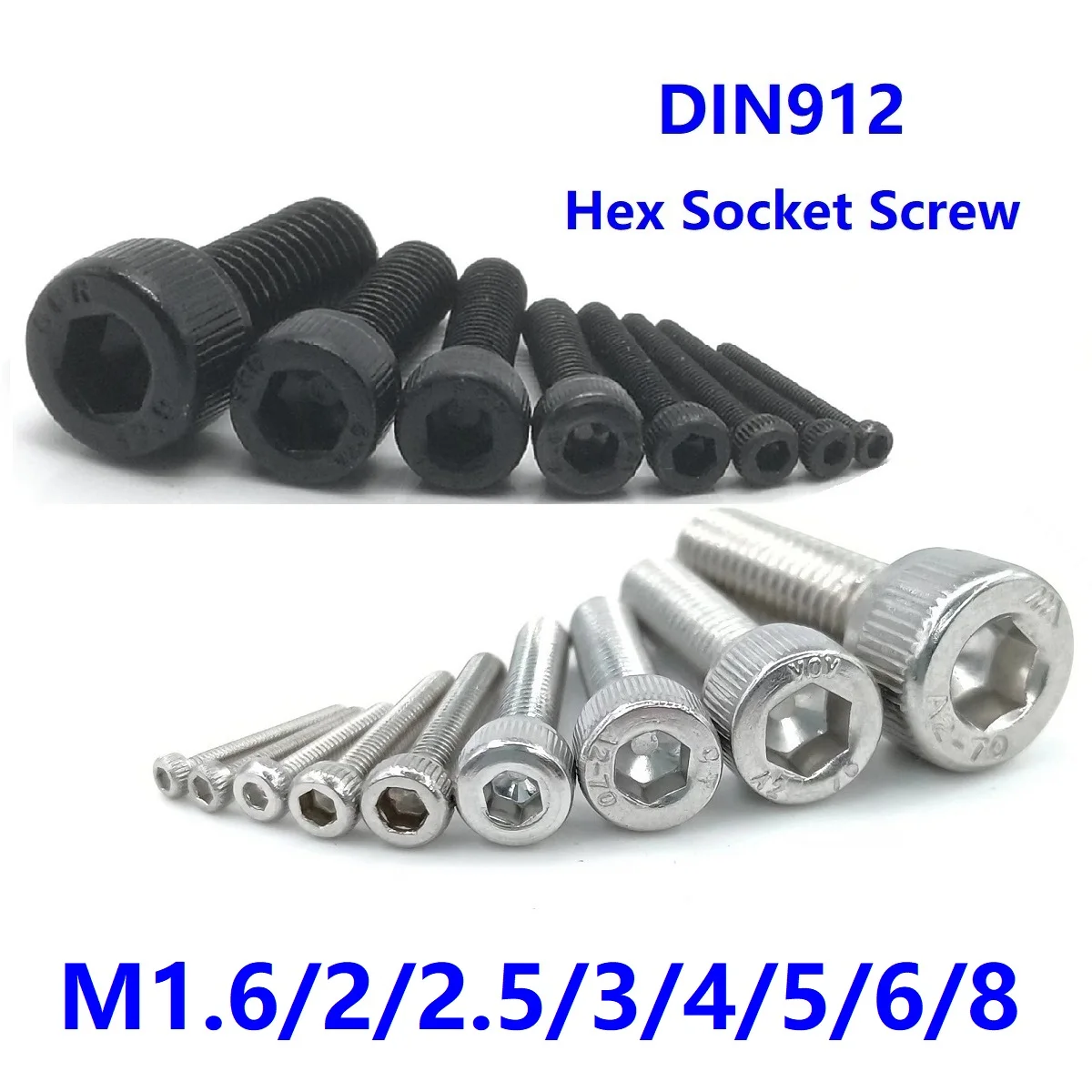
#
Washers
Washers provide the essential function of distributing the load of a screw or nut to prevent damage to surfaces, especially soft wood and plastic. This can also help to reduce the chance of the fixing gradually loosening over time as well as minimising possible leaks. Washers come in a range of sizes, shapes and styles to suit the requirements of the project or installation with different materials available according to the intended use.
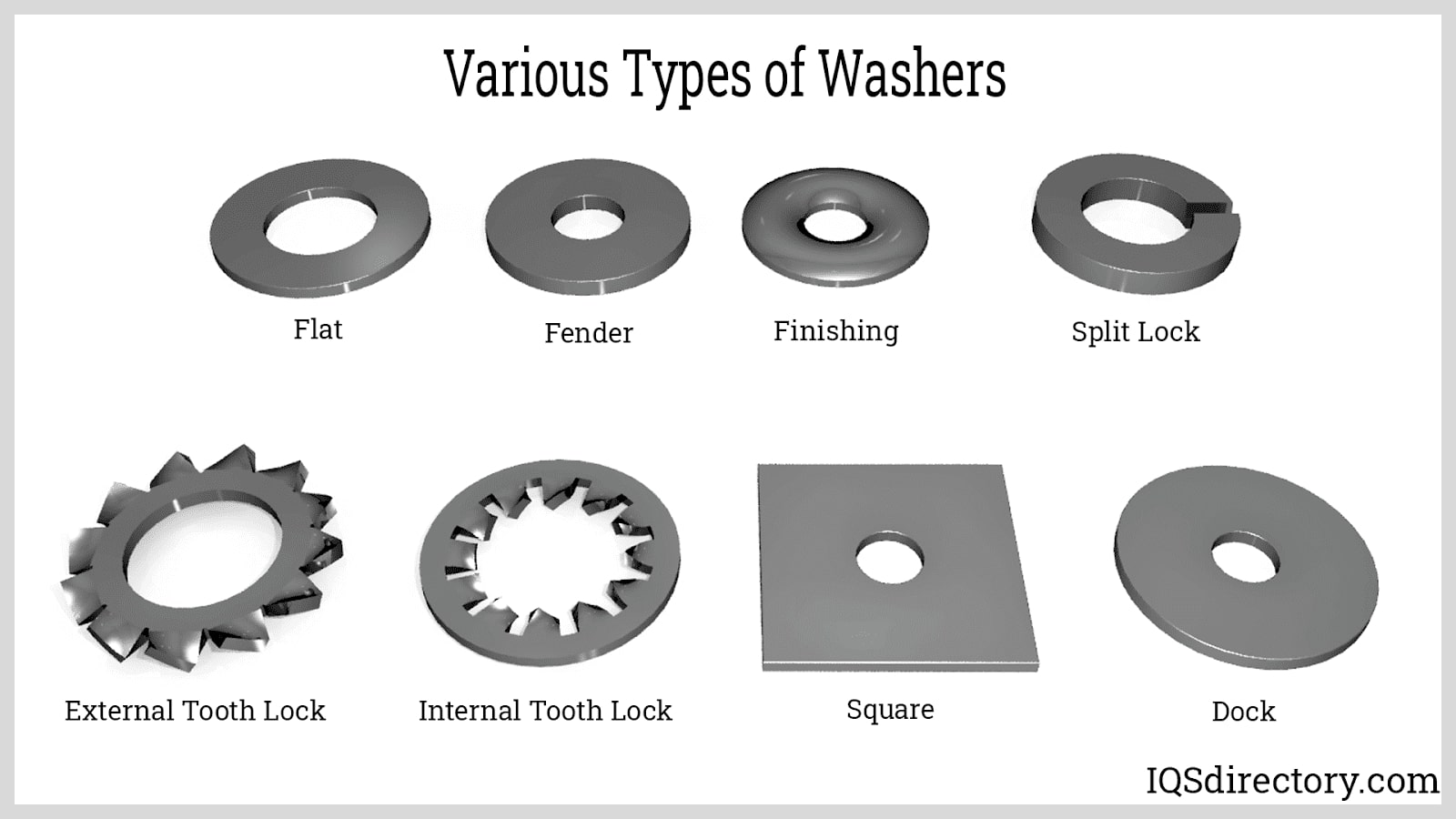
#
Straps and adhesives
More details in future updates
#
Elastic
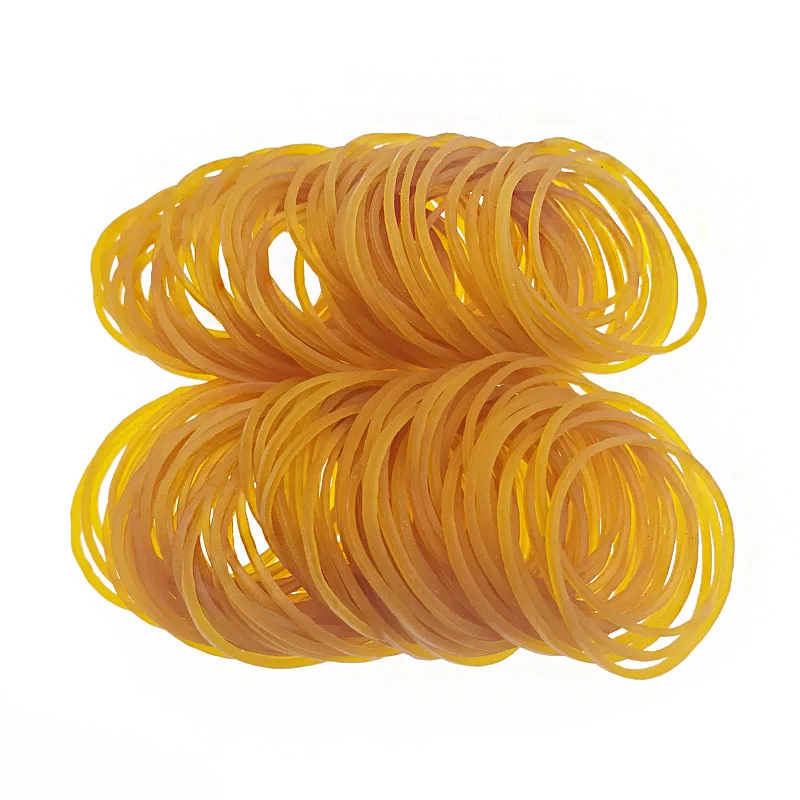
Can be bought in craft shops. It is the same material used to make face masks, ear ties and hair ties so these can be used as alternatives.

#
Zip cable ties

#
Glue
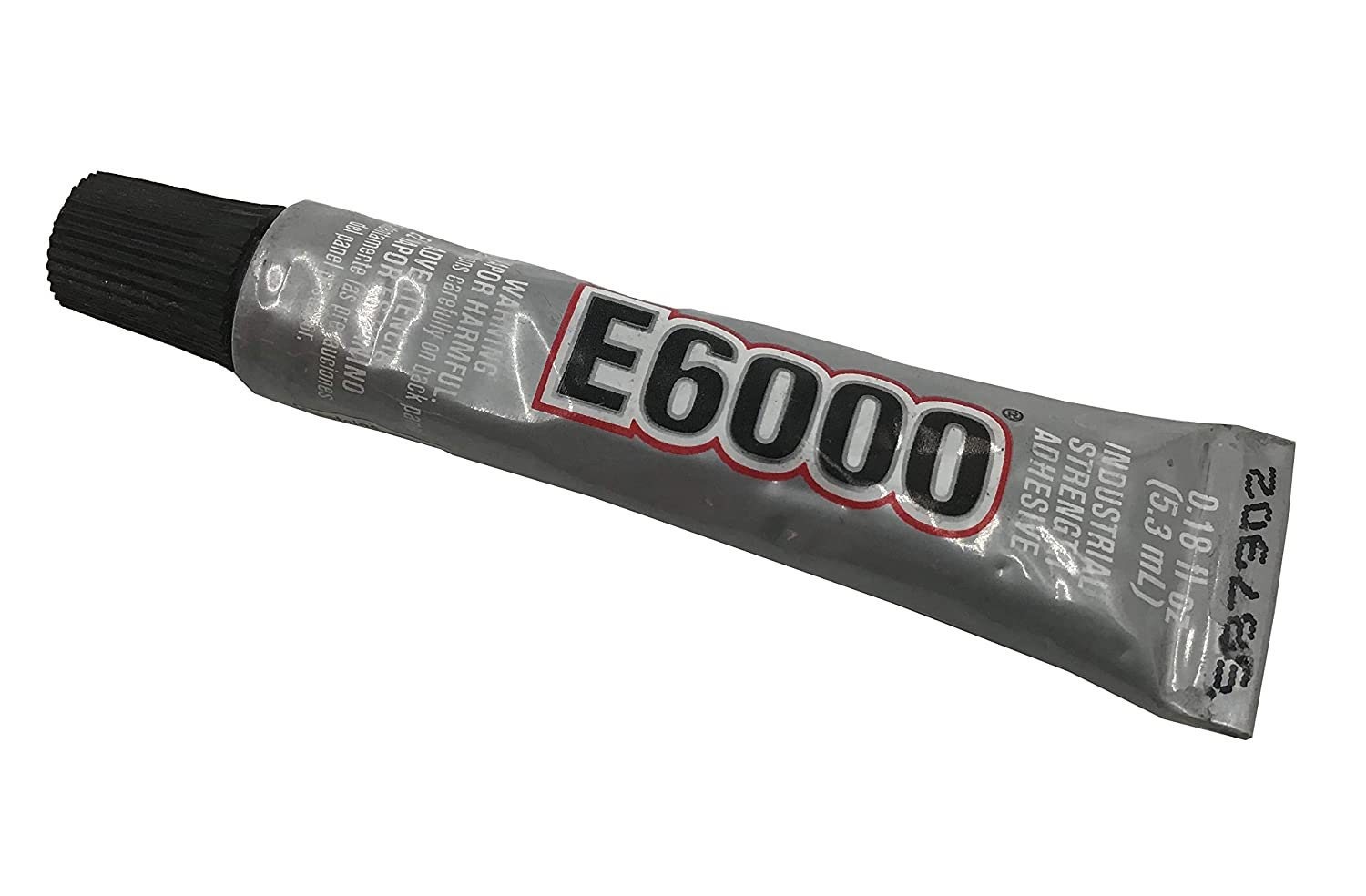

#
Tape
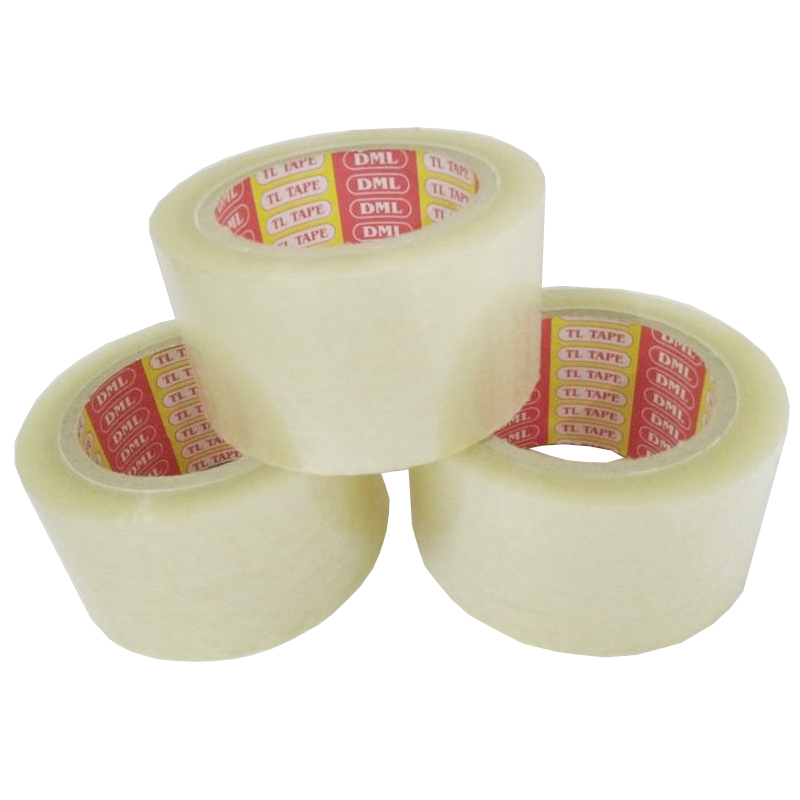
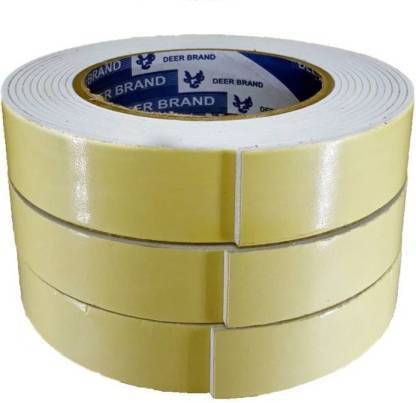
#
Re-usable adhesive clay

#
Miscellaneous
More details in future updates
#
Building blocks
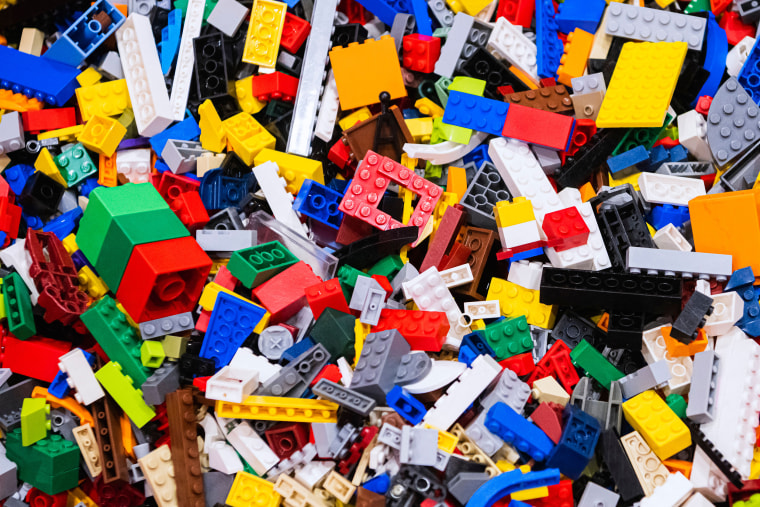
#
Modeling clay
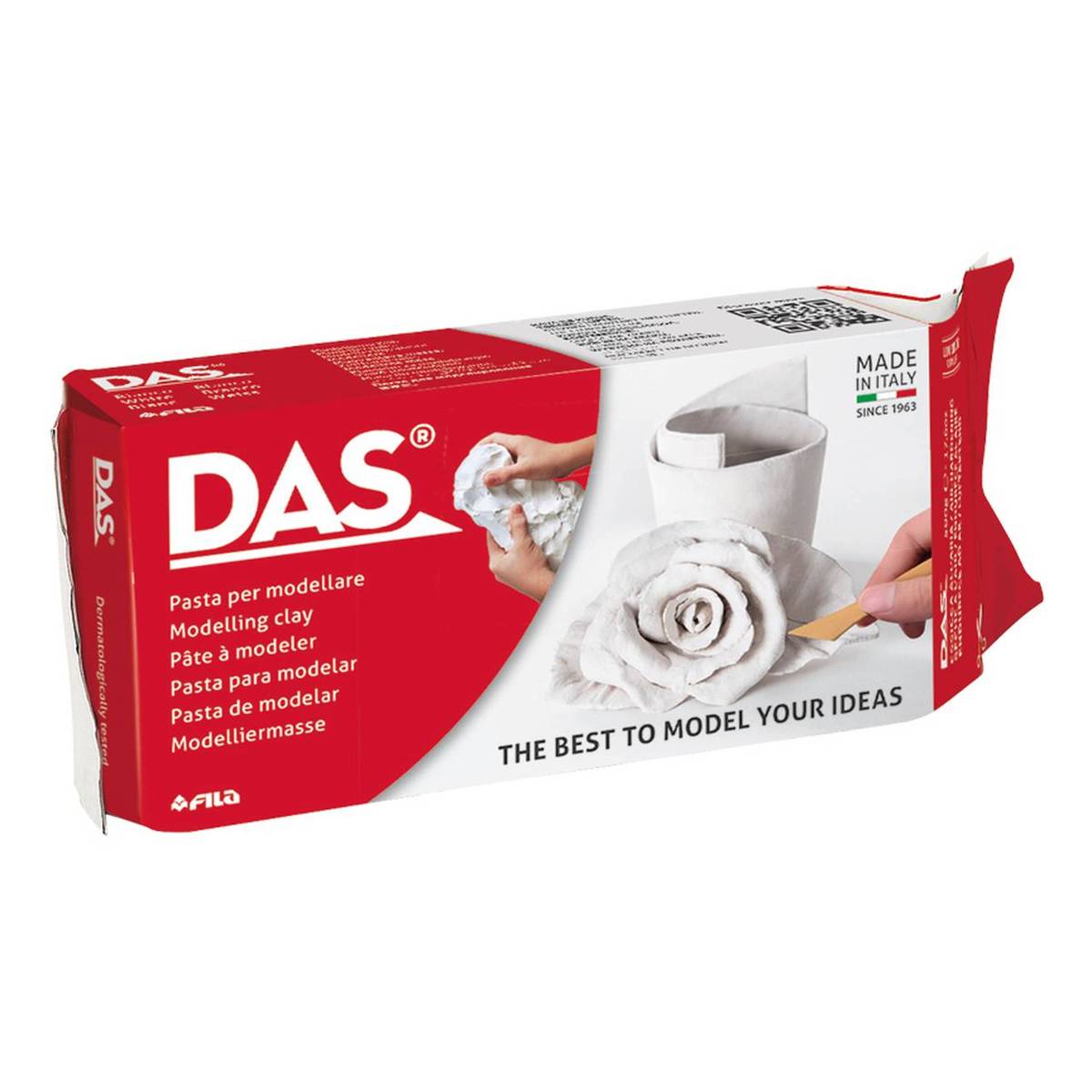
Also called oven-bake clay.

